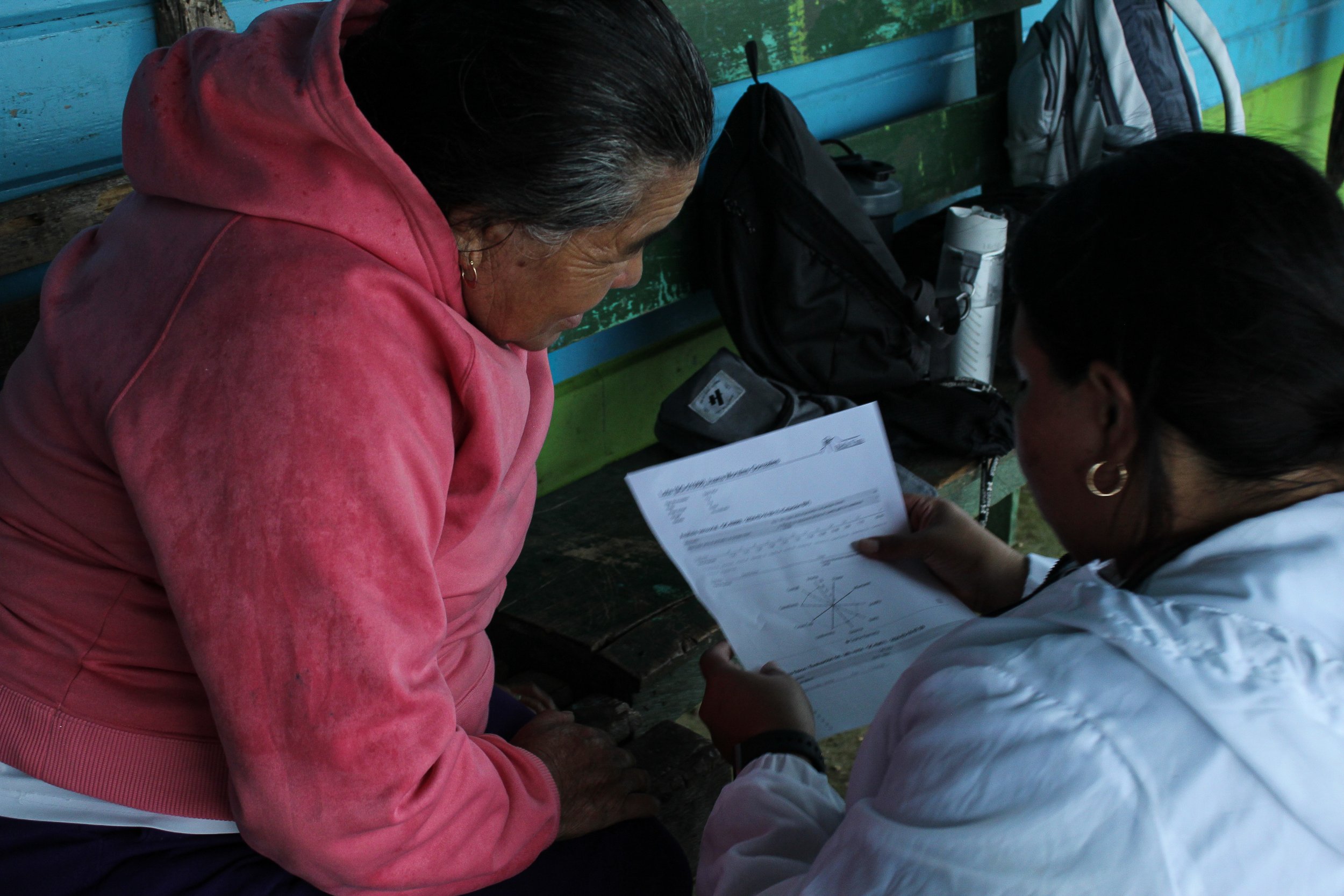Coffee Cupping Insights | What It Is and Why It’s Important
By Aliisa Oake
Coffee is a complex beverage in terms of flavors, which can be tasted simultaneously or over time. Coffee’s taste can vary dramatically with temperature and according to the genetics of the seed in how it’s grown, processed, stored, roasted, and so on. Since flavors are so sensitive and unpredictable, it’s sometimes difficult to taste these differences, with aromas, textures, and flavors being taken into account. In evaluating and classifying specific qualities of coffee, a tasting method called coffee cupping is utilized.
What is the Coffee Cupping Method?
Coffee cupping is a method that allows professionals to evaluate and score coffee based on classified aspects. The method involves brewing coffee in a specific way and is used to identify qualities such as body, mouthfeel, acidity, sweetness, and aftertaste. The Specialty Coffee Association developed a cupping protocol, which has become a worldwide industry standard where any coffee with a score of over 80 (between 1 and 100) is considered specialty grade coffee.
Here’s the equipment that’s typically involved during a coffee cupping:
Brewing water: high quality, purified water
A kettle: water between 96ºC and 100ºC
A grinder: grind size should be medium-fine to maximize extraction during the brew phase
Cupping bowls: should have a 175-300mL capacity
Cupping spoons: any spoon deep enough to carry a good amount of liquid. A proper cupping spoon will be designed to carry in such a way to make the “slurping” part of cupping easy
Glasses with water: rinse the spoon
During a cupping session
A simple brewing process is used where the coffees being sampled are treated equally.
First, hot water is poured directly onto coffee grounds and steeped for three to five minutes. A layer of coffee grounds will float to the surface, known as the “crust”. The crust is stirred three times, and then the coffee is sniffed to assess its aroma.
The remaining coffee grounds will begin to foam, which should be removed from the surface. The taster then “slurps” the coffee to spread it over the tongue and palate in trying to taste all flavors. This can be done a few times to accurately taste different notes, which should be noted on a ranked sheet of paper, or cupping form. The attribute categories include fragrance/aroma, flavor, aftertaste, acidity, body, uniformity, balance, clean cup, sweetness, and the overall profile.
Considerations during coffee cupping sessions:
When cupping is completed, the taste must classify different factors of the coffee. These factors should be considered based on the following descriptions:
Fragrance and Aroma: Fragrance is the smell of the coffee when it’s ground and still dry. Aroma relates to the smell that the coffee gets when it’s brewed in hot water. Fresh coffee will have a stronger aroma than older, or stale coffee, making it taste better. Aroma notes are best captured at the moment that the crust of the grounds is broken during a coffee cupping.
Flavor: The most distinct taste of coffee is found in its flavor, which can be experienced from the palate into the nose, otherwise known as taste. To score the flavor, considerations involve the coffee’s intensity, quality, and complexity. This can lead to sweet, sour, salty, umami, bitter, or a combination of flavors.
Aftertaste: This is the lingering taste that you are left with after sipping the coffee. Sometimes you may taste additional flavors that weren’t present in the initial sip, which enhances the overall cup. There may also be a bitterness or dry, lingering feeling in the mouth.
Acidity: Sometimes referred to as brightness, the coffee’s acidity is generally considered a positive attribute. This can be experienced through a tangy taste in flavors like lemon, citrus, or strawberry. The roast of the coffee can also affect its acidity, so the darker the roast, the more acidic the coffee may taste.
Body: This can be considered as the weight, mouthfeel, or consistency of the coffee and is sometimes described as thick, heavy, or rich. A coffee’s body can be discovered by paying attention to what the tongue feels after swallowing the coffee. Thick-bodied coffee can give you a sense of drinking whole milk, where light-bodied coffee has the texture of watered-down drinks on your tongue.
Balance: Refers to the compliments the flavors give each other in how well aromatics, flavors, sweetness, and aftertaste work together. A well-balanced cup of coffee can be referred to as smooth.
Cleanliness: For a cup of coffee to be clean, it means that there are no flavor defects present and each cup of coffee is the same. The coffee tastes smooth and there aren’t any specific flavors that stand out or taste off.
Sweetness or Bitterness: Sweetness is a mild, smooth flavor characteristic without any harsh tastes, which is often perceived as a palatable or fruity taste. Arabica is considered to be better than Robusta beans due to its sweetness. It can be tasted in different aspects such as the sweetness of fruit, caramel, honey, or molasses.
Bitterness is desirable in a coffee to some extent, especially in a darker roast or espresso. Too much bitterness will create an unpleasant taste, especially if it’s created by over-extracting in the brewing process, using too fine of a grind, or making too small of an amount of coffee.
Complexity: When this description is used, it means that the coffee possesses an intricacy in its aromas, flavors, and other qualities. This makes it impossible to capture the tasting experience with just one word.
The Value of Coffee Cupping
Coffee cupping is more than just a technical process. It’s a sensory journey that connects us further with the coffee we drink in its purest form. Brewers are able to learn, develop, and grow their knowledge of the tastes of coffee and quality of coffee beans. This is helpful in terms of quality control, palate development, and being able to accurately describe flavors of coffee.
By being able to profile different flavors of coffee, coffee professionals are able to understand the unique characteristics of different coffees depending on their varieties and origin. Each cup of coffee tells a story that reflects the unique terror, cultivation, and processing techniques from the region it came from. Professionals evaluate coffee in terms of quality and consistency so defects or flavor issues are identified early on and adjustments can be made.
Cupping coffee is essential in classifying specialty coffee in controlling the quality of the product. When defects are identified early on, producers can alter their practices by improving production and processing methods. After producers understand what their score means, it serves as a negotiating tool for them to feel more confident in asking buyers for better prices.
Overall, cupping allows producers, exporters, and roasters to be able to communicate what should be expected from their coffee. This contributes to education and promotes unique attributes and authenticity of the type of coffee in a competitive market. Producers are able to stand out from other coffee growing regions, supporting the overall growth of producers and the coffee industry.
Coffee Cupping with De La Gente
De La Gente takes part in coffee cupping for more reasons than just tasting the coffee for aromas, flavors, and scoring purposes. This method is important to give feedback to coffee producers so that they can improve their practices for the next harvest or make any changes in processing their coffee beans.
When working with coffee producers, De La Gente educates them about farm related issues and defects that may occur when coffee is grown, harvested, and stored. Green coffee is highly absorbent to its surroundings and can quickly be altered during the cultivation process, especially if it’s not stored correctly. Poor labor practices can also have an impact on the coffee’s profile, so care and consistency must be emphasized and maintained. Providing education and sharing knowledge through coffee tasting and scoring is an essential step when analyzing intricacies of differences between coffee beans and their brewing techniques.
Additionally, when producers are able to understand some of the differentiating factors in specialty coffee and what makes their coffee unique, it will serve as a powerful negotiating tool. This gives producers the confidence to be able to ask buyers for better prices, especially after it’s been scored. Cupping and grading helps producers position their coffee in higher market segments, not only leads to better pricing but also fosters a sense of pride and ownership over their products.
About the Author
My name is Aliisa Oake, I’m a Marketing and Communications Intern at De La Gente with a Bachelor’s Degree in Marketing and a minor International Business. I’m a coffee lover from New Jersey with a passion for coffee, supporting the industry, along with supporting local communities and sustainable initiatives. I’m excited to work with De La Gente and learn more about Guatemala’s coffee!





